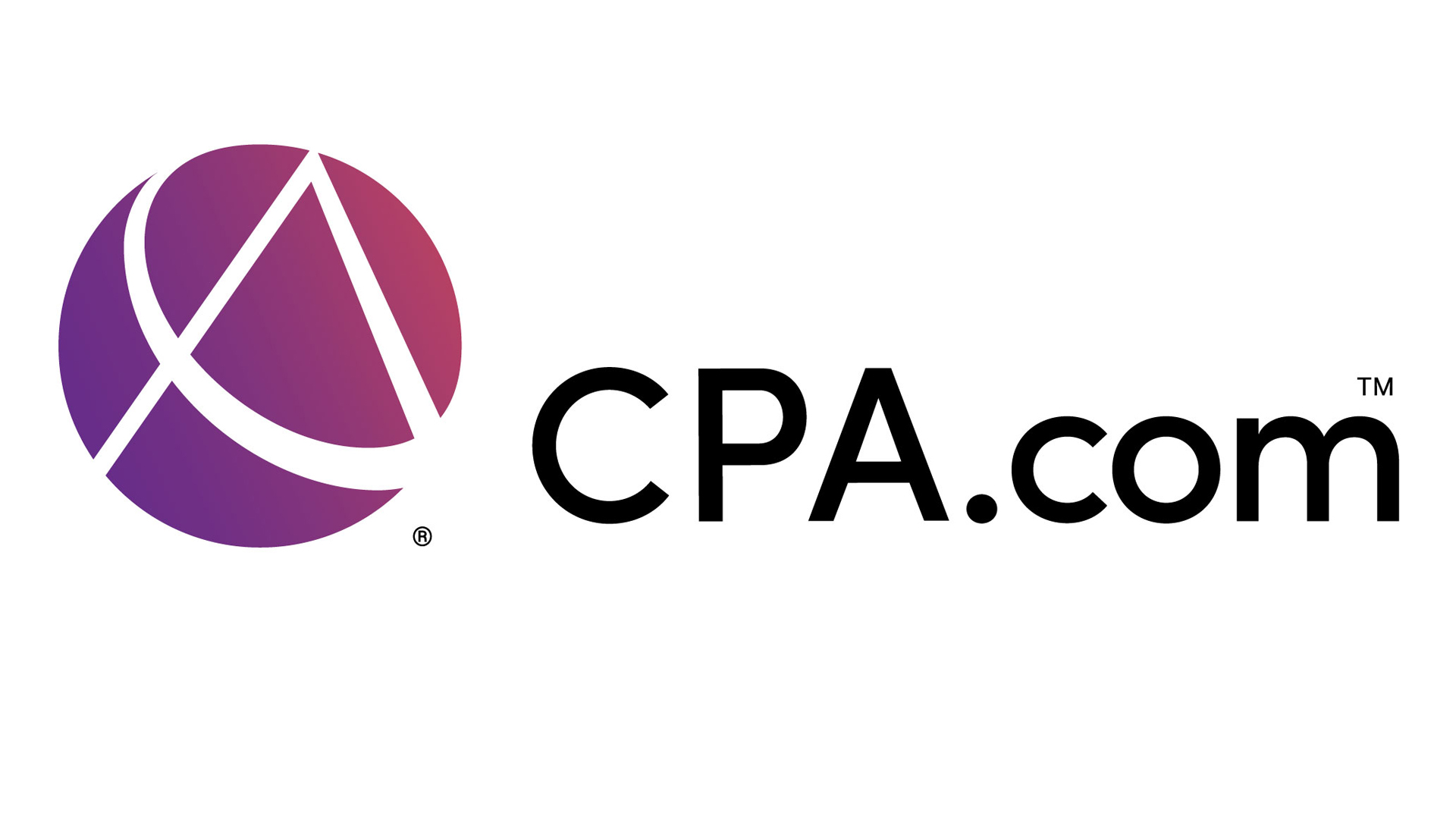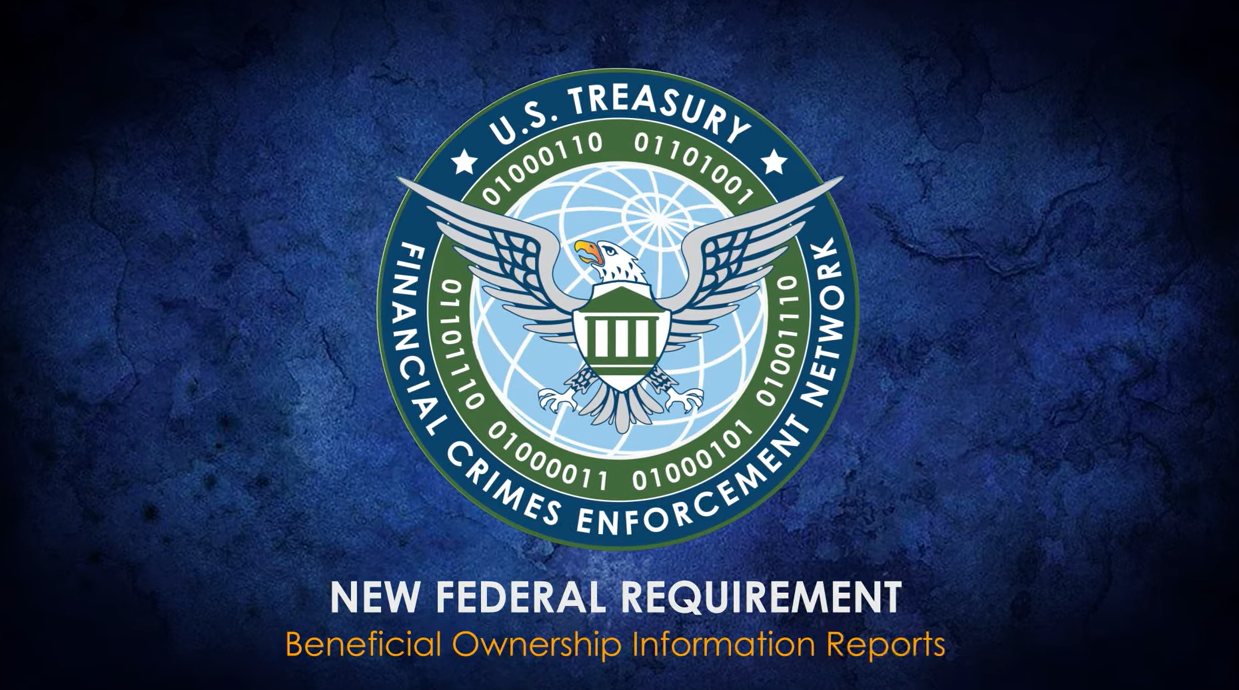As economies, businesses, and people progress through innovation, so must accountants adapt to the evolving role of finance. The days of the one-dimensional CPA number cruncher are long gone. Accountants are increasingly expected to master areas outside of finance such as regulation, risk management, financial technology, process management and business transformation.
While accountants are no strangers to governance, risk and compliance (GRC), they commonly acknowledge GRC only as it relates to their day-to-day activities, and not as it relates to larger company initiatives. Without fault, most financial positions in a company operate to satisfy their own responsibilities. However, there’s a strategic advantage to CPAs who break out of their silos and support a more comprehensive compliance and risk framework.
Companies should not think of GRC as solely a mandate that protects them from liability. GRC is much more than a mandate – it allows collaboration across the enterprise, and can be leveraged as a competitive edge over businesses that have not made compliance a priority. Accountants can play a powerful role in supporting overarching GRC processes. Specifically, CPAs can help ensure their company remains agile among competitors by improving transparency, enhancing performance and preventing fraud.
- Improving Transparency: Providing insight into a company’s financial performance is at the very heart of the accounting role. With new accounting standards such as IFRS 15 / ASC 606, and data privacy laws such as GDPR, the level of transparency increases and so does the challenge for accountants to manage these GRC efforts. However, most organizations treat these efforts by simply trying to “check the boxes” to ensure they meet statutory requirements, but little more. Processes are established at the lowest level of sophistication needed to provide the required data and avoid material errors. As companies gain expertise, however, they often improve their processes. By using tools and technology to automate accounting and reporting processes, they achieve a trifecta of benefits:
- The processes to produce the required data become more efficient and less prone to errors resulting in accelerated cost savings.
- The processes produce data beyond the scope required by accounting standards with the additional data being useful to steering the company and identifying and managing risks.
- The processes embed risk management procedures through automated internal controls, early risk indicators and scenario analysis.
- Enhancing Performance: While transparency is critical for gaining trust, improving performance is yet another benefit of a successful GRC program – and one that has a direct impact on the bottom line. By breaking down silos and working across the enterprise to support GRC initiatives, accountants can play a role in increasing operational efficiency. Exxaro Resources Limited is a prime example of a company that proactively restructured its GRC processes to integrate risk, compliance and audit to drive business efficiency and resilience. Not only has enterprise-wide GRC collaboration lead to an improvement in the visibility of risks, but Exxaro has seen a 10 percent reduction in auditing costs and 20 percent savings in costs through better resource allocation. The next wave of innovation is to put core traditional integrated GRC applications and processes into the cloud.
- Preventing Fraud: In today’s connected world, the need to properly screen business processes and evaluate the integrity of third parties is critical for potential fraud risks. GRC solutions that provide insight into where sensitive data is stored in the cloud, when and where it’s being moved, and allow control such as defining geo locations for where data and resources can and cannot be stored, are helpful for mitigating risk. Think about how many companies struggle with false, inflated, or duplicate invoices for goods and services. Many incidents are discovered after the fact or never at all. Even when fraudulently dispersed monies are identified, they are not always recouped from the bank. In fact, the Association of Certified Fraud Examiners estimates that the average company loses five percent of its annual revenue through fraud. A comprehensive compliance program that includes real-time monitoring of fraud and fraud prevention can add both top-and bottom-line benefit.
Changing the perception of accounting’s role in GRC might require a mental shift. Right now, compliance may seem like a necessary evil – a chore with punishments for tardiness or deviation. However, companies that embrace enterprise-wide GRC initiatives have the ability to detect and prevent catastrophic losses. Though accountants face compliance tasks on their to-do lists every day, by leveraging their insights to support GRC across the company more broadly, they can arm themselves with a competitive advantage heading into the second half of the year. Compliance initiatives can add real value to the business by helping to take advantage of new market opportunities, especially when competing against other companies that haven’t made compliance a priority.
————
About Christoph Hütten: Christoph Hütten is Senior Vice President and the Chief Accounting Officer of SAP. Based in Germany, Christoph is responsible for SAP’s financial reporting under International Financial Reporting Standards (IFRS) and German, European and U.S. reporting standards. He also oversees all of SAP’s accounting policies and the local statutory financial reporting of all SAP legal entities. Additionally, Christoph is responsible for SAP’s Global Finance Academy.
Thanks for reading CPA Practice Advisor!
Subscribe Already registered? Log In
Need more information? Read the FAQs
Tags: Accounting, Auditing, Technology




